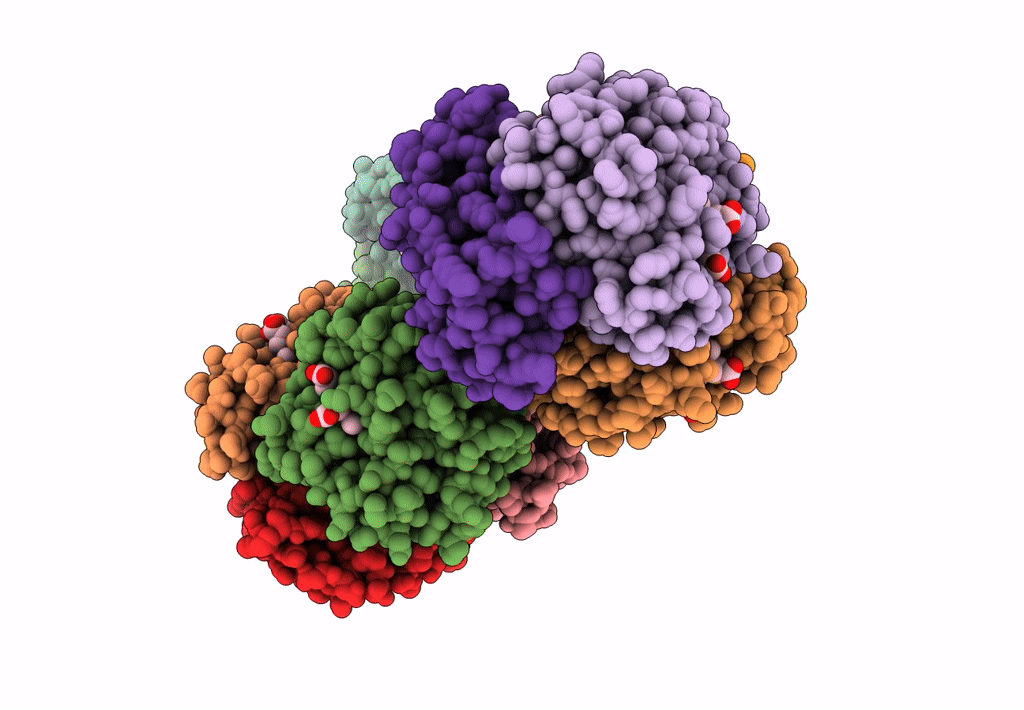
Deposition Date
2017-02-02
Release Date
2017-09-20
Last Version Date
2024-03-27
Entry Detail
PDB ID:
5X2T
Keywords:
Title:
Direct Observation of Conformational Population Shifts in Hemoglobin: Crystal Structure of Half-Liganded Hemoglobin after Adding 4 mM bezafibrate pH 7.2.
Biological Source:
Source Organism:
Homo sapiens (Taxon ID: 9606)
Method Details:
Experimental Method:
Resolution:
2.64 Å
R-Value Free:
0.27
R-Value Work:
0.23
R-Value Observed:
0.23
Space Group:
C 1 2 1


